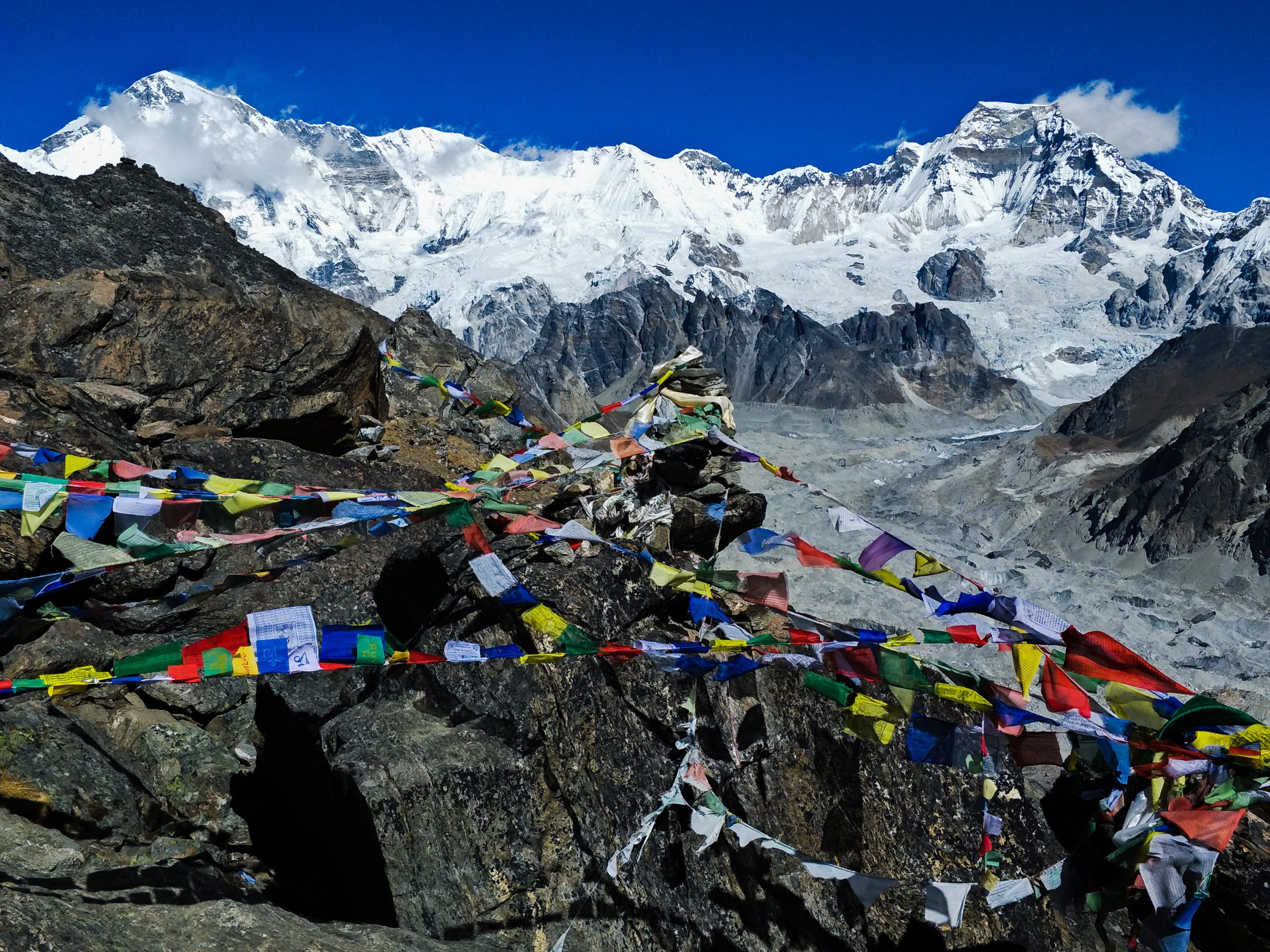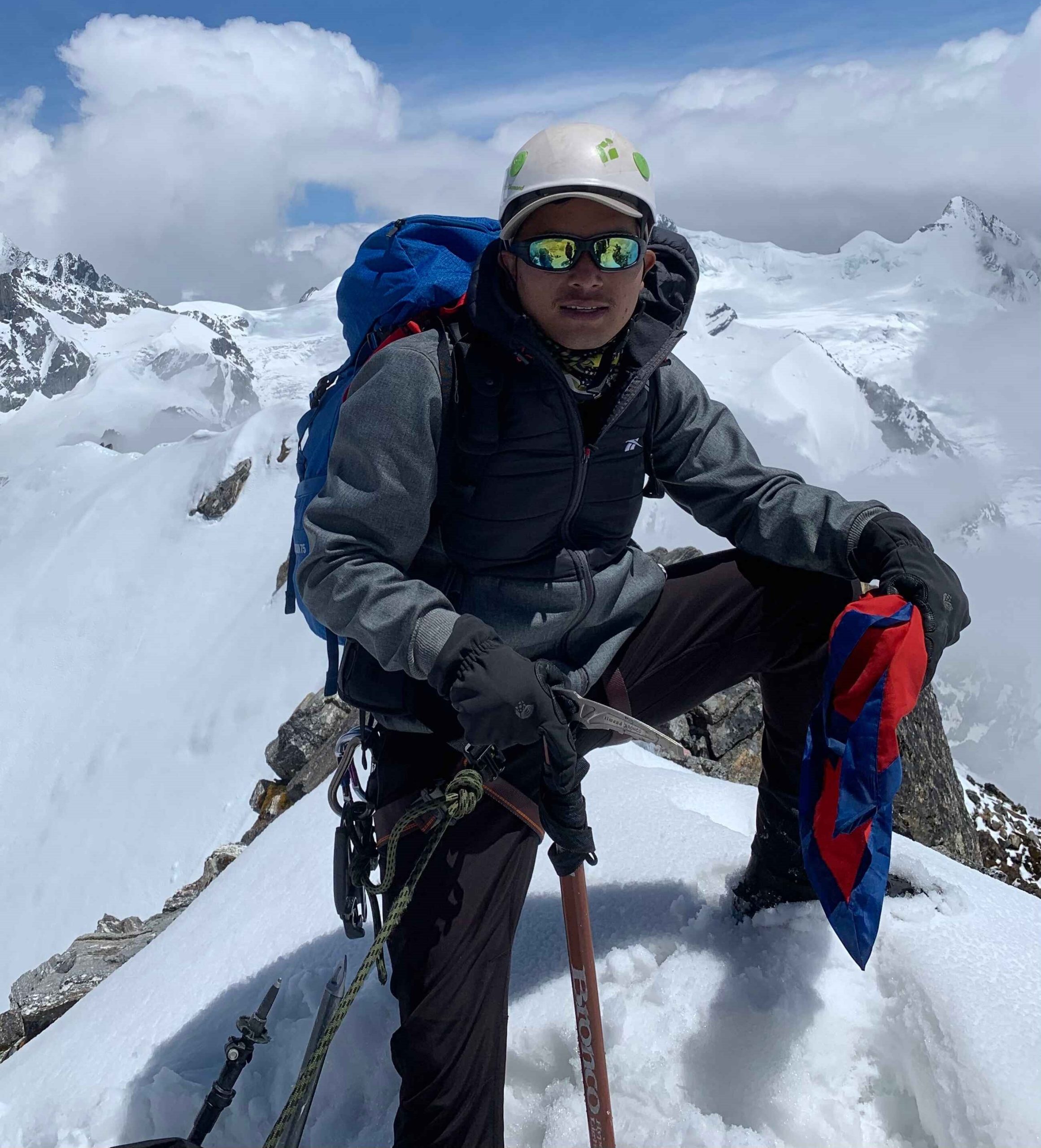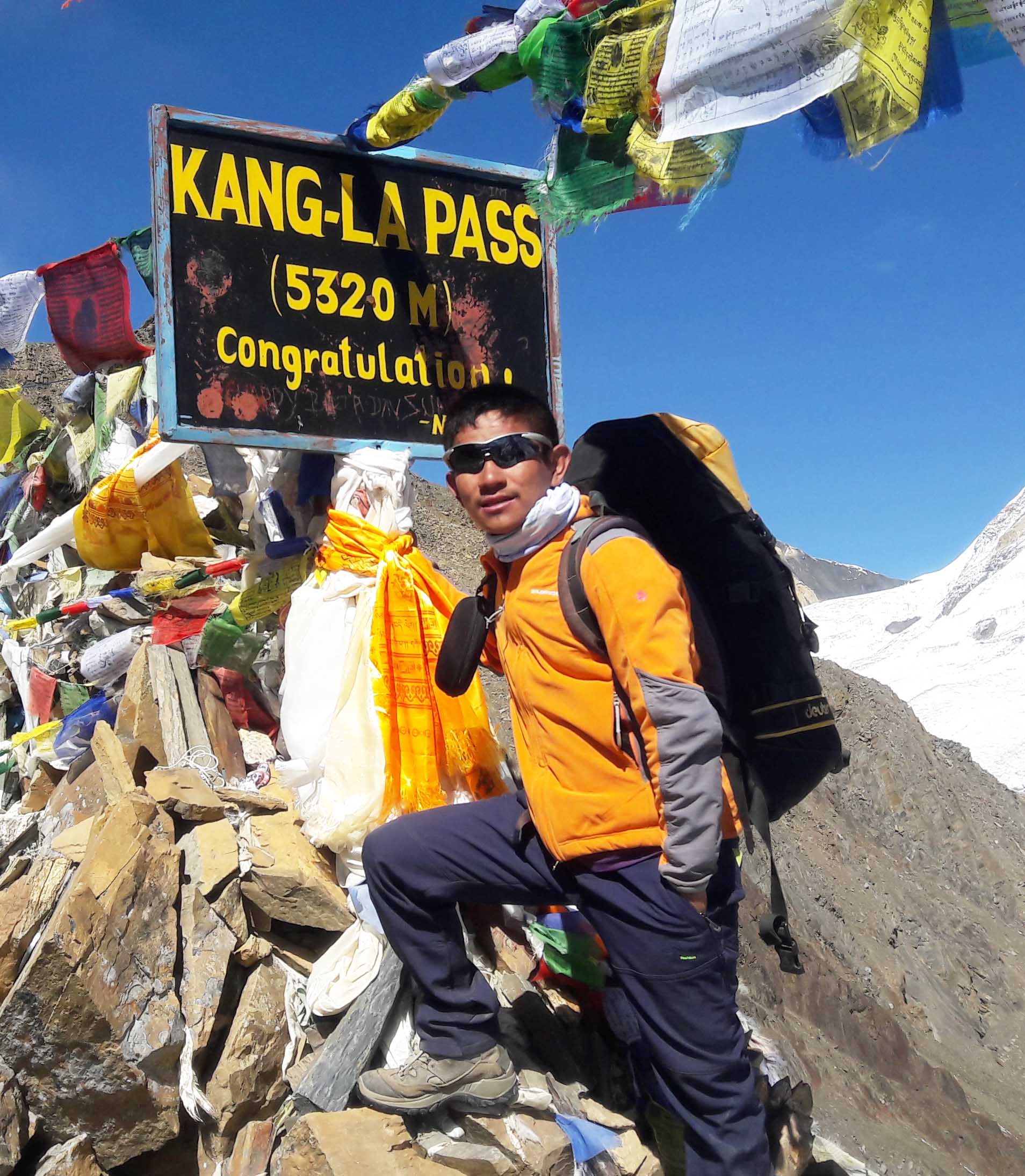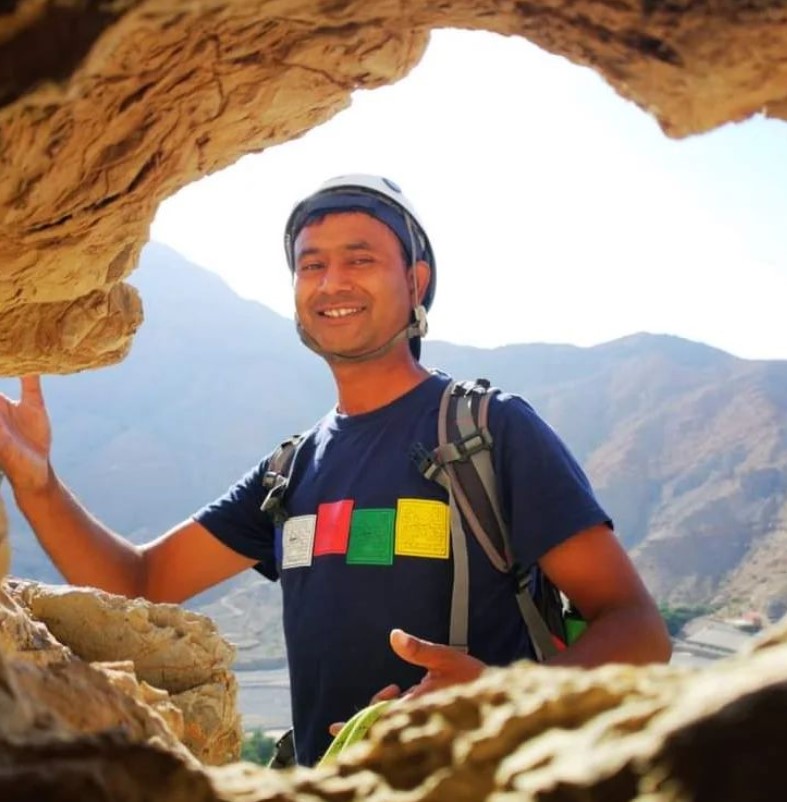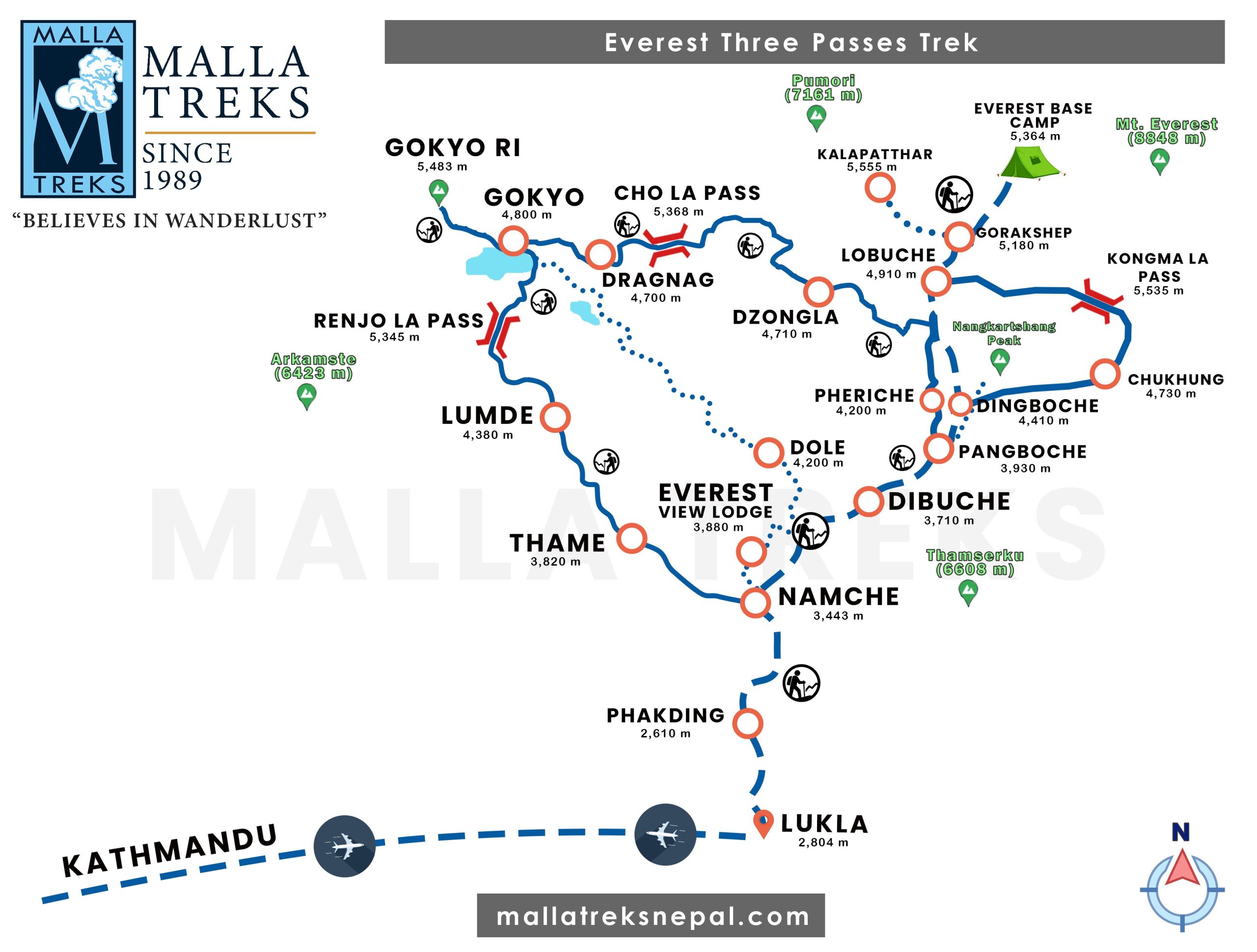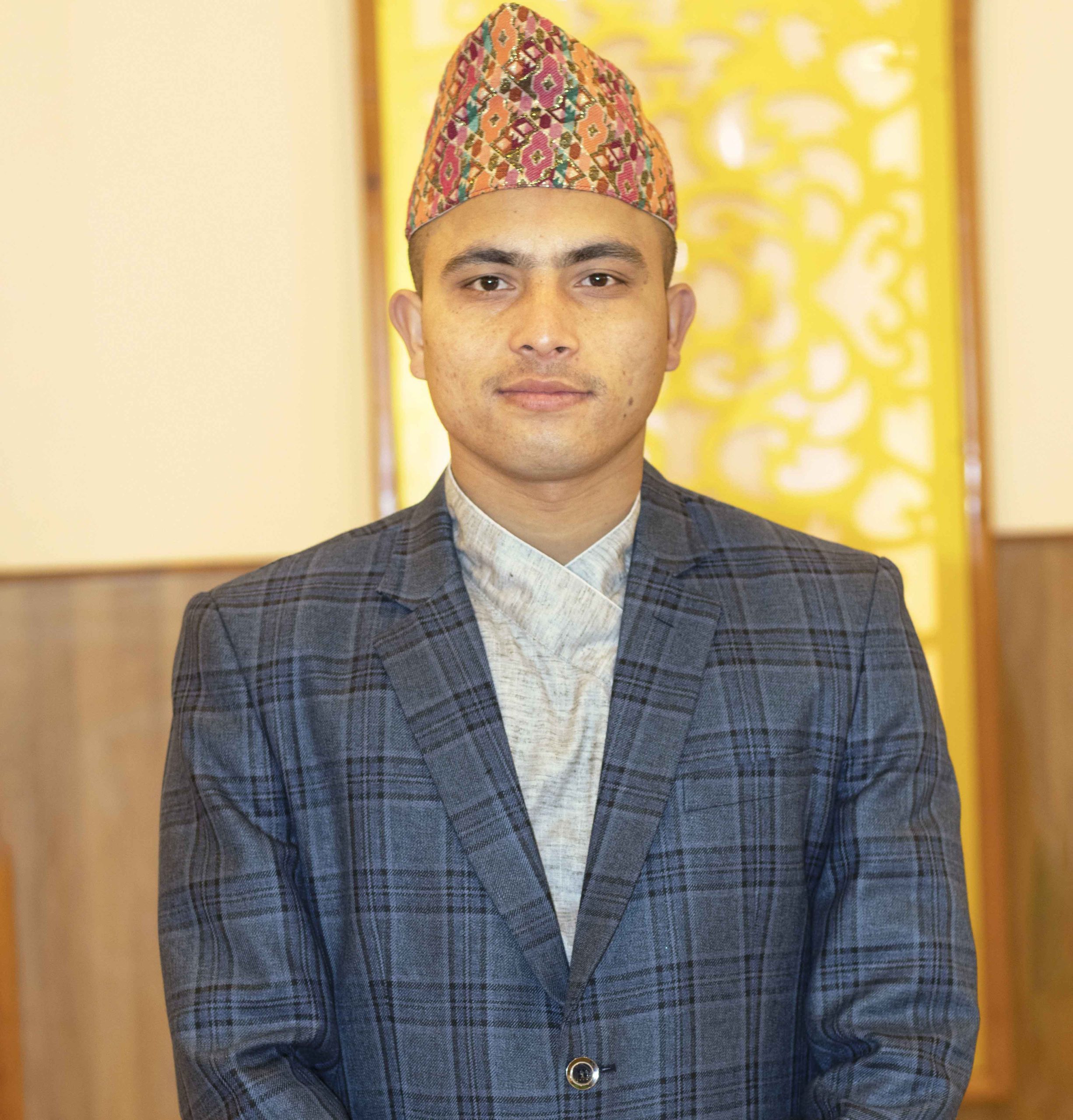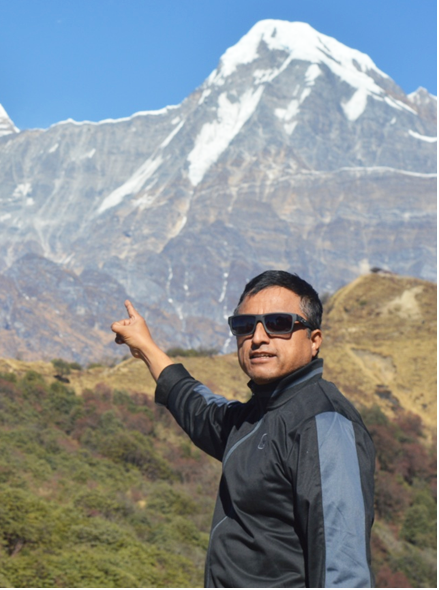Trip Introduction
The Everest 3 Passes Trek is definitely for ones who like a challenge and the trek surely delivers one of the greatest trekking challenges in the Everest region. The 3 passes of Everest: Renjo La (5,340 m), Cho La (5,420 m), and Kongma La (5,535 m), are world-renowned for their difficulty and beauty they offer. The trek offers you a chance to experience the culture and lifestyle of the Sherpa community. Moreover, the trip is a surreal adventure through the Sagarmatha National Park.
You start the 19-day Everest 3 Passes Trek by arriving at Kathmandu. After preparing for the trip in Kathmandu, you catch a flight to Lukla where the trek starts. From Lukla, you head to Phakding and then enter the trails through the Sagarmatha National Park to reach Namche. From here, you pass by villages inhabited by Sherpa people like Thame and Lumde. The scenic view of the Mt. Everest (8848m), Ama Dablam (6856m), and the neighboring peaks are worth the effort you have put in. En route to the base camp, you explore Gokyo Region after crossing the first pass, Renjo La (5360m). Gokyo is famous for the views of the magnificent Ngozumpa Glacier and the Gokyo lakes. From Gokyo, you trek to Dragnag and cross the second pass, Cho La (5420m) that boasts stunning views of Nirekha Peak (6,169m), Lhotse (8516m), and Cho Oyu (8201m). The trail continues to Lobuche from where you can visit Everest Base Camp and Kalapatthar. Kalapatthar has an amazing view of Everest (8,848m), Lhotse (8,516m), Ama Dablam (6,856m) and much other snows capped mountains. From Lobuche, you begin your return back trek tackling the final pass, Kongma La Pass (5535m), and arriving at Chhukung. Next, you head back to Lukla via Tengboche and Namche Bazaar. The best time to trek this route is spring (March-May) and autumn (September-November) seasons, as the weather is more favorable during these times.
To make sure that you have the best time during your trip, Malla Treks Nepal provides you with excellent services of transportation, accommodation, and various services at affordable prices. We also have professional and experienced guides, porters and staff who have traveled to many parts of Nepal.
